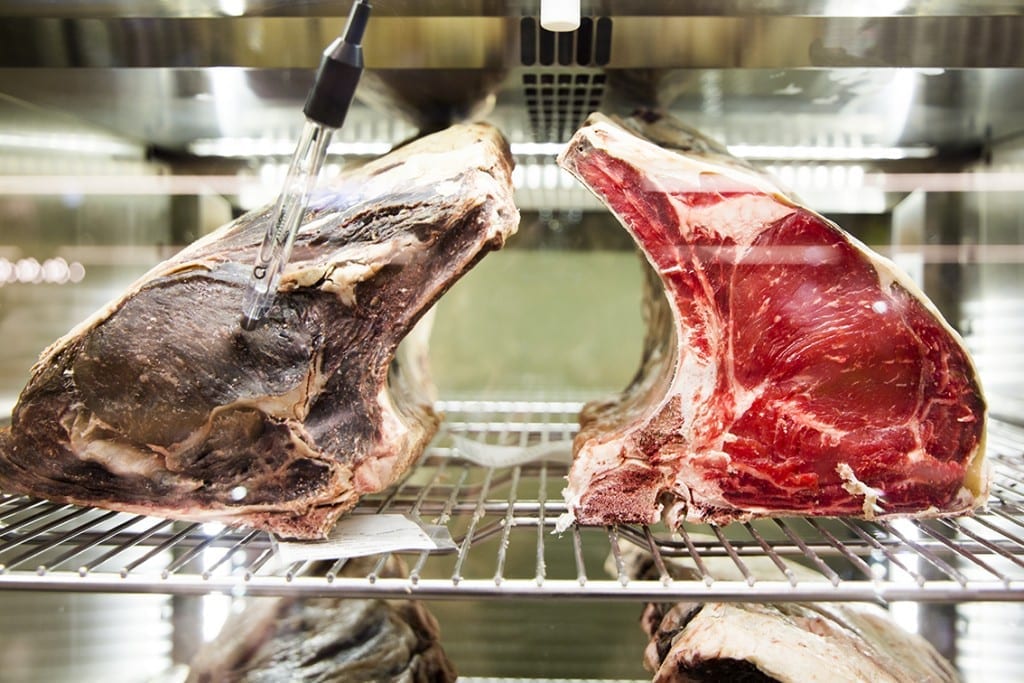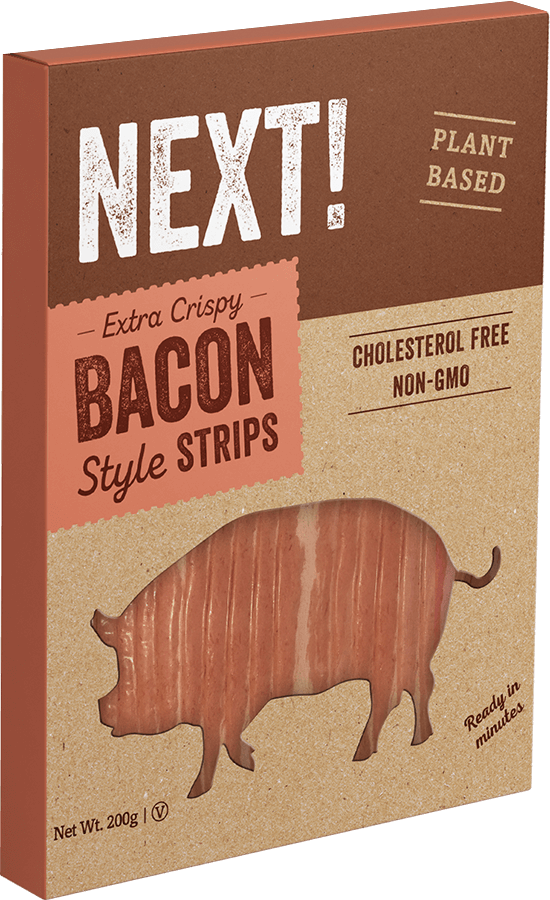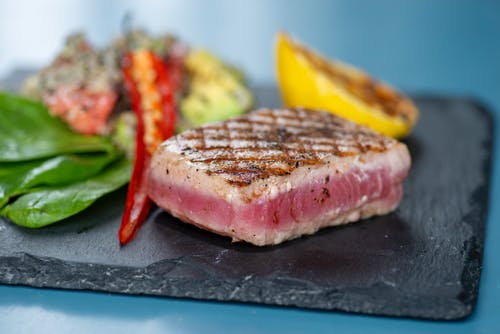In recent years, the gastronomic scene has appeared matured meats. These have captivated the palates of the best gourmets carnivores who, once tested, enthusiastically recommend them. Here we want to tell you in detail as they are, why they differ from normal ones and even what varieties of this technique exist. If you are not very into this process of the maturation, with this article you will understand perfectly.
First of all, we must indicate that, in general, all meats have and they need a maturation period. When you now talk about matured meats We refer to beef as it requires more importance of this technique compared to meat products from other animals. As an example, the maturation of the bird meat it is only of 8 hours, 10 hours for rabbit meat, 5 days for pigs and 1 week for lamb. However, for veal you need as minimum ten days. Always keeping the food at a temperature of 1-2ºC.
The great difference in beef, in addition to requiring a longer maturation time, is the evolution that can be achieved. The gastronomic results and perceptions of these meats are extraordinary if the process is done correctly and the product is conducive to maturing.
How is the ripening process?
When an animal is sacrificed blood circulation stops and therefore oxygen does not reach the cells. This process leads them to start anaerobic processes leading to the generation of lactic acid. In this way, the Ph of the carcass lowers producing a denaturation of the proteins that favor the exudation of the meat. That is, it begins to lose water. This is very important as it marks the juiciness. It identifies with the maturation.
The most important factors for matured meats are temperature and humidity, since they are responsible for activating the enzymes and producing the physicochemical changes. The time necessary for a correct maturation is marked by the raza of the animal, its sex, weight and the infiltration of fat. Also for the carcass piece specific. In this way, it is not the same ox with high level of fat that a yearling with little level of fat, for example.
In the maturation process, it is normal to separate the pieces of the carcass that are not going to be matured, which are normally the less noble. Ripening can be done by pieces with or without bone. It is very common to do it with half carcasses.
Types of matured meats according to the technique
One of the results of the maturation of meat it is the loss of water from the meat. It is estimated that in classic and very long maturations it can lose up to a 25% of the initial weight. This has led to the fact that in addition to the classic ripening dry or dry age maturation is also carried out vacuum or wet age.
Dry maturation or dry age
It is the most classic ripening and where you lose more weight. The system consists of leaving the parts in the refrigerators with a temperature of 1-2ºC and a humidity of around 70%. These parameters depend a lot on the maturation time, the objectives and the breed, weight and fat of the animal.
Some of the problems of these matured meats so is the maintenance of the hygiene in the chamber to avoid product contamination. Currently used ultraviolet light systems to prevent bacteria, mainly on the surface. With this system, the meat can be matured to 300 days if the meat allows it due to its weight, fat and breed conditions.

Vacuum maturing or wet age
It is the system to prevent weight loss that occurs in the classic system. This consists of packaging vacuum The pieces two days after the sacrifice. In this way, waste and possible contamination are avoided. Also storage in refrigerators is easier and rstart.
Although it is a good ripening and sanitary system very sure, with the wet age Ripening cannot be prolonged as much as with dry technique. It is estimated that these matured meats cannot be lengthened more than 30 days.
Use in gastronomy
Meats that may have a good evolution with high levels of infiltrated fat. Noble pieces like the back has very good results. We should not use these meats to stewed or cooked, since much of the qualities that have been achieved will be lost.
The best way to cook is grill, from the outside and keeping the juiciness inside. At this time, the fats will melt into the meat, achieving a awesome taste that will fill the mouth of juiciness and pleasure. Now you know how the matured meats that captivate palates who love meat and, above all, with this cooking technique!






